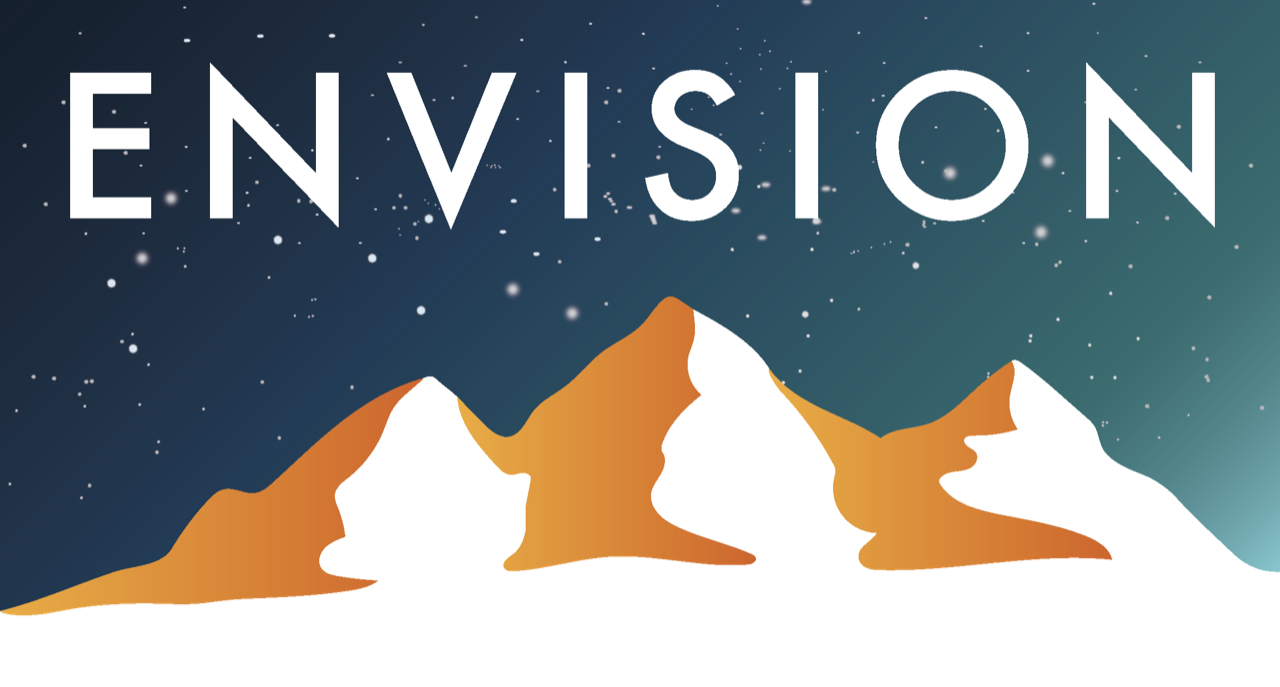Smoke dispersal an important aspect of weather parameters for a prescribed fire
Prescribed burns can be the quickest and most effective way to thin overgrown vegetation in large forested areas. These managed fires can also help eliminate piles of wood built by hand or equipment during organized treatment projects.
The cold overnight temperatures, higher humidity and snow-blanketed ground of Colorado’s spring, winter and late fall offer more favorable conditions for prescribed burns, according to Brant Porter, public affairs specialist for the Bureau of Land Management’s Rocky Mountain District.

The weeks and months preceding a prescribed fire are spent planning. A Prescribed Fire Plan, or “burn plan,” is established to identify, or prescribe, the best conditions to burn unwanted vegetation to safely achieve the desired results, Porter explained.
The burn plan considers many factors, including the area and fuels to be burned, specific objectives to be achieved, personnel needed to manage the fire, a window of time when the burn can occur, and the necessary weather conditions to get the desired results.
The days leading up to a prescribed burn are spent watching the weather. Fire managers receive specific forecasts for each burn area from the National Weather Service. Weather factors considered are temperature, humidity, wind, vegetation moisture, and smoke dispersal conditions. Fire managers are in contact with local and national firefighting resources as part of a contingency plan in case support is needed beyond the crew on site.
Smoke dispersal is an important aspect of weather for a prescribed fire, Porter said. “While it is impossible to conduct a burn without smoke, it can be accomplished when conditions are favorable to manage it.” Prescribed burns in Colorado require a smoke permit from the state prior to conducting the burn.
When planning is complete, permits are in place and the weather is right, land managers and the manager of the burn, known as a “burn boss,” go through a 12-question checklist to make a “Go/No-go” decision.
If any of the first 11 items on the checklist are not in place, the burn cannot proceed. Once all checklist items can be answered with a “Yes,” crews light a test fire to verify that the fire burns and the smoke disperses as planned. Based on the results of the test, the burn boss makes the decision whether to continue with the burn.
The protocol is set by the National Wildfire Coordinating Group, which provides leadership to enable efficient and coordinated wildfire operations among all levels of government. Member agencies include the BLM, as well as the U.S. Forest Service and National Association of State Foresters, which also establishes best practices and procedures such as burn plans and checklists.
